
In partnership with the Aqualie Institute, the Federal University of Juiz de Fora and State University of Santa Cruz, WSP is undertaking systematic conservation planning of cetaceans (whales) in the Espírito Santo, Campos and Santos basins of Brazil. The project, which is sponsored by companies in the seismic industry, aims to identify areas suitable for implementing cetacean conservation measures, particularly in places with human impact, such as those related to fishing, oil exploration and production, marine navigation routes and tourism. This work involved habitat mapping and modelling and is meant to assist in defining the wider role of public conservation policies for marine biodiversity.

More on our work in Leicestershire
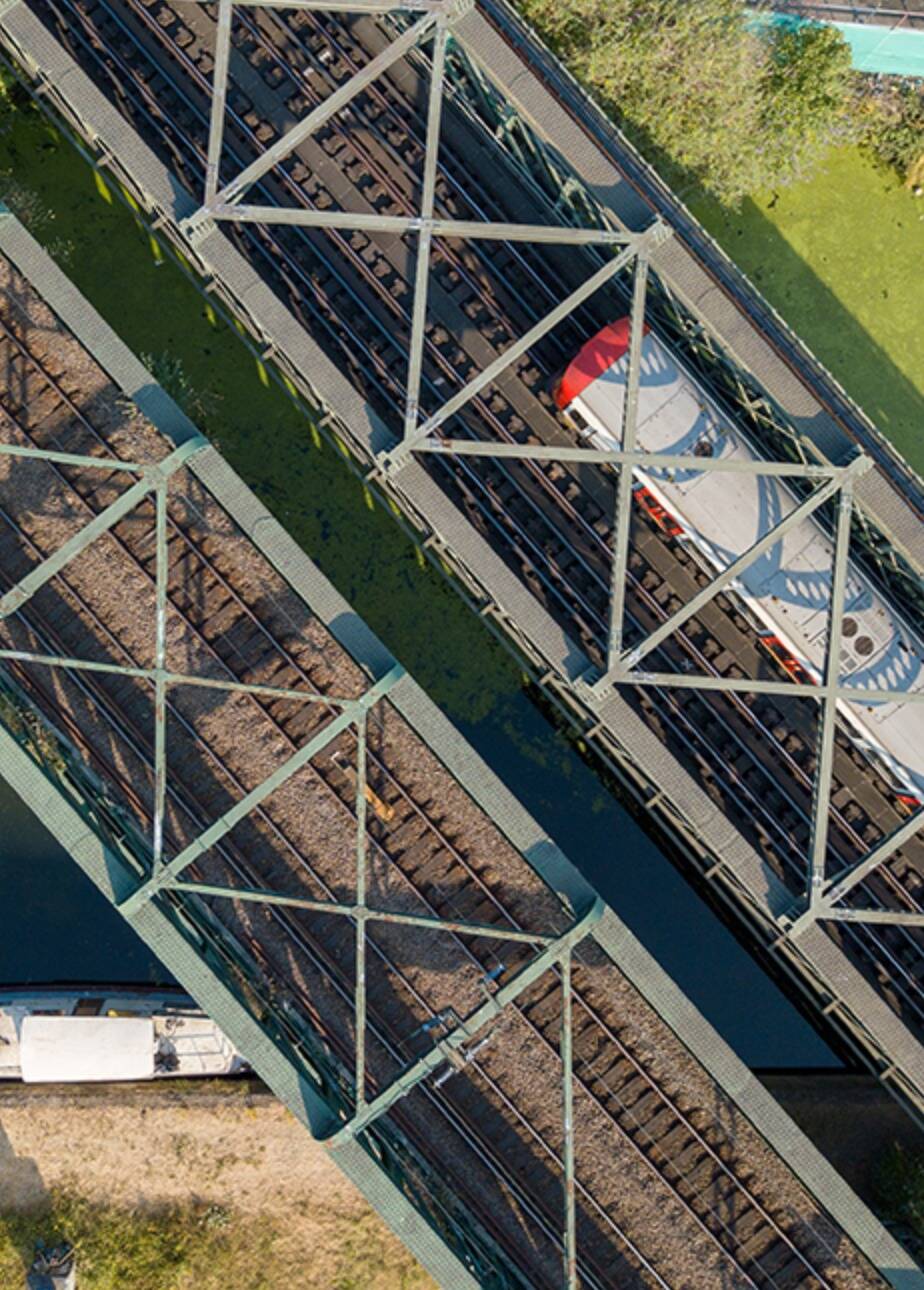
Transport for London (TfL) has committed to protecting and enhancing its natural assets and has a key target of delivering biodiversity net gain across its estate of highway, rail and underground assets. WSP assessed all habitats within TfL’s estate across Greater London and surrounding areas to provide an up-to-date biodiversity baseline dataset. To identify remaining habitats and gaps in coverage from previous surveys, WSP ran a high-resolution remote sensing assessment using LiDAR aerial photography and, satellite data.
Biodiversity toolkits were developed to help enable TfL to monitor biodiversity gains and losses at a network level as well as individual development projects. WSP also produced guidance documents in consultant with TfL, the Greater London Authority and others, as well as developed and ran training for TfL staff and external ecologists contracted on development projects.
This approach has allowed TfL to track progress against its biodiversity targets and objectives for the first time, as well as providing the basis of ensuring they meet the Mayor of London’s strategic environmental and transport objectives. This approach is now being used on projects across the UK including HS2. The project was shortlisted for a TfL contractor award for ‘best environment project’.

More on our work in Leicestershire
The Waikato Expressway, currently under construction by the New Zealand Transport Agency (Waka Kotahi), is being routed through areas with significant habitat for long-tailed bat habitat – known locally as ‘pekapeka’ – a species with a ‘vulnerable’ conservation status and protected under the Wildlife Act.
Partnering with world-renowned bat experts and biostatistitians from Stuart Parsons Queensland University of Technology, WSP are carrying out one of the most complete studies of long-tailed bat distribution in the country. The project involves pre-and post-construction monitoring at over 100 sites with thermal imaging and acoustic monitors. From this data, WSP developed a pre- and post-construction statistical model, results of which are expected to provide much-needed data on the impacts of transport projects on bat populations and behaviour.
In addition, WSP provided expert advice and implementation of measures to support bat ecology, such as artificial bat roosts and planting. The team has also established strong relationships with Waikato Regional and District Councils, the Department of Conservation and local iwi, providing education about the proposed solutions that will help overcome the project’s ecological impacts.


More on our work for Long Island communities
The Caithness-Moray transmission link completed by Scottish and Southern Electricity Networks (SSEN) in 2019 transmits power through a 113km subsea cable between new converter stations on the shores of the Moray Firth in northeast Scotland. As part of its sustainability commitment, SSEN worked with WSP to embed biodiversity into the design and on-site delivery of the project.
WSP used a bespoke calculation tool to provide Biodiversity Net Gain (BNG) for the project a first in Scotland. Some of the initiatives included:
- An amended landscaping plan at the Spittal converter station that included a green channel design and rich mix of species, promoting habitat complexity and diversity.
- The creation of a 10ha wildflower habitat at the Thurso substation to support pollinators, particularly the Great Yellow Bumblebee, one of the UK’s rarest bee species that is endemic to north Scotland.
- The installation of frog ladders at the Mybster substation to promote free movement of around cable trenches.
The success of this approach to biodiversity enhancement in Caithness has contributed to ambitious commitments to BNG in SSEN’s new sustainability strategy. BNG assessments are now undertaken on all new infrastructure on land to steer biodiversity and habitat improvements in landscaping design.
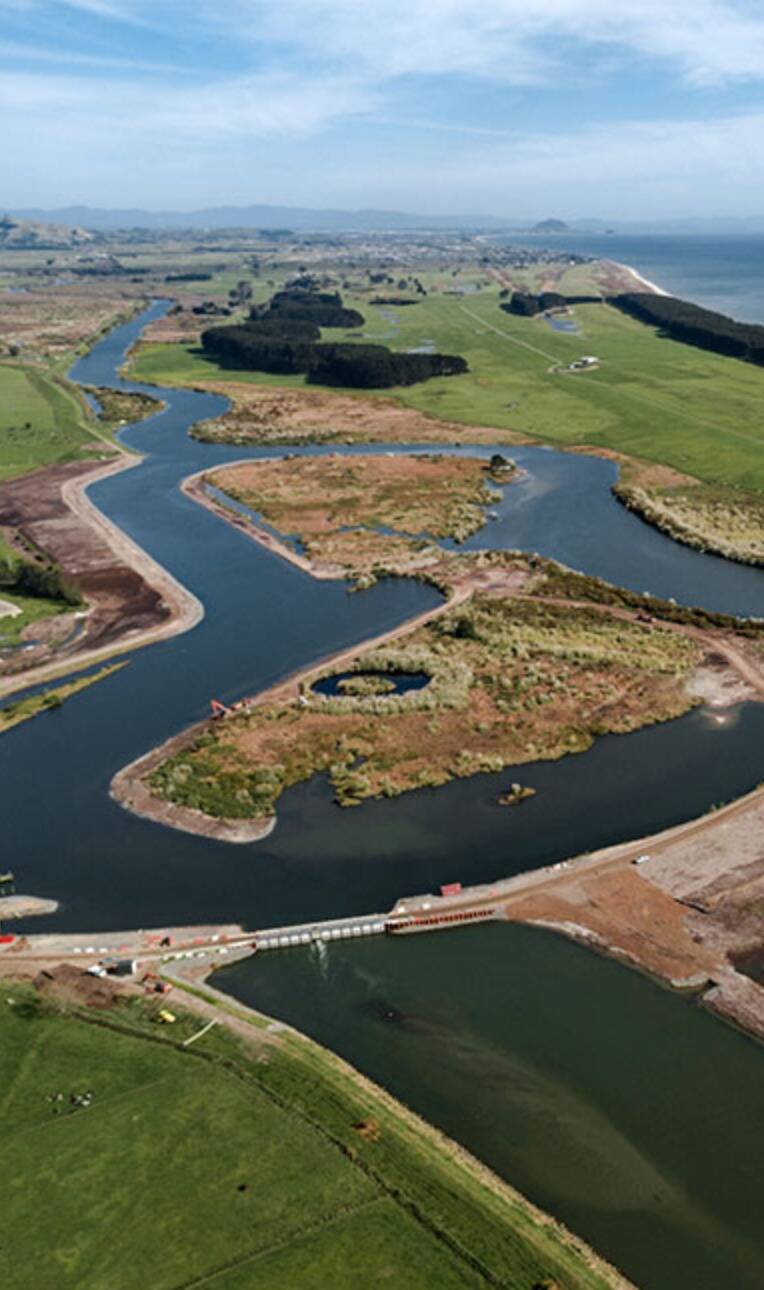

More on our work on the Kaituna river

The Forder Valley Link Road connects thousands of planned new homes and businesses in a development area in Plymouth, UK. The road runs through a valley near an ancient semi-natural woodland and includes part of a nature reserve and various habitats of principal importance, including grasslands, woodlands and wetlands.
Concerned about the road’s potential ecological impacts, Plymouth City Council commissioned WSP to undertake an ecological impact assessment, develop a biodiversity offsetting strategy and demonstrate compliance with existing and emerging local and national policy on biodiversity net gain.
Through field surveys and assessments, we identified the scope and scale of the biodiversity offsets required, identified strategic compensation sites, and provided cost recommendations so that planning permission and long-term funding could be secured.
The project was short-listed for the 2019 IEMA Sustainability Impact Awards in the Biodiversity and Environmental Net Gain category.


More on our work on flood risk management in Wales
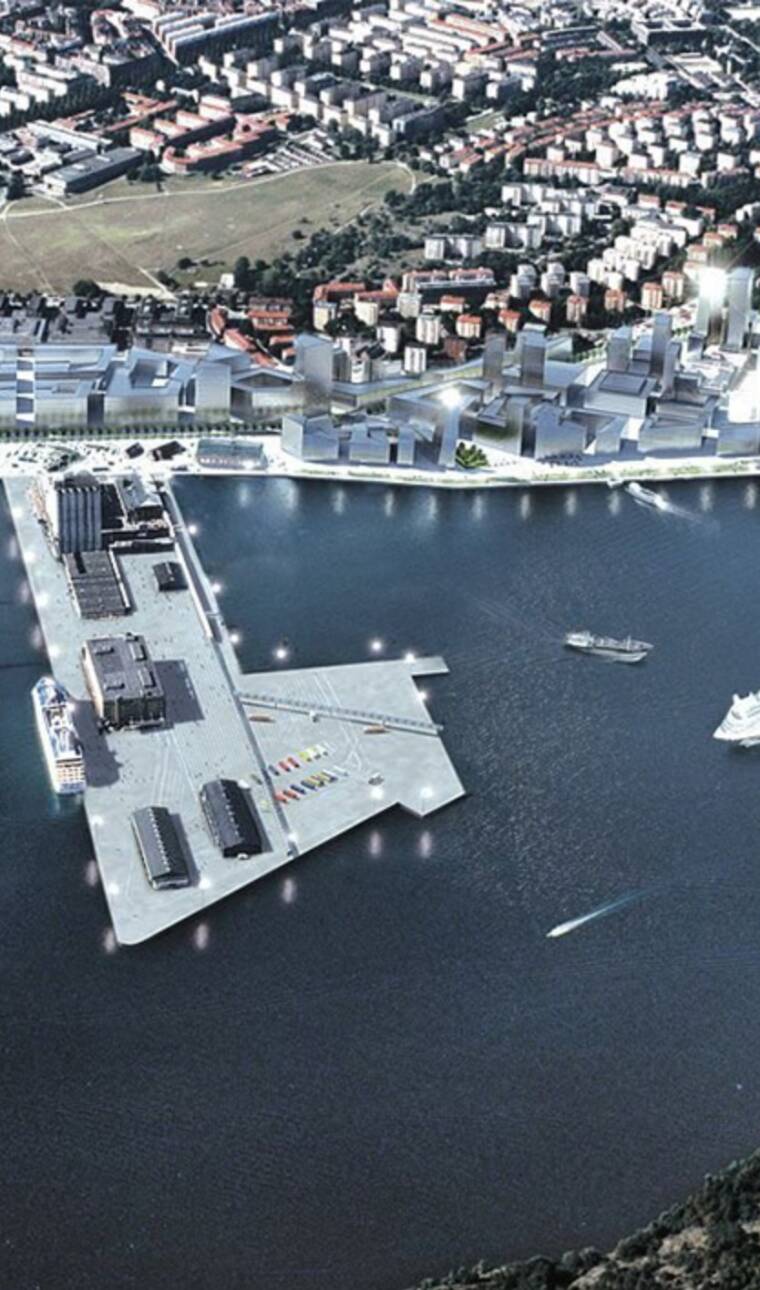
The Royal Seaport, once an industrial harbour area, is Stockholm’s largest urban development. As it evolves, the project aims to push the boundaries of environmental sustainability standards. Ambitious strategies and targets for biodiversity, climate adaptation, recreation, health and high-quality green space have been set for public and private spaces.
WSP adapted the Green Space Index (GSI), a tool that incentivises developers to use the appropriate “Green Area Factor” by including local species of vegetation for green spaces. The Royal Seaport is located next to the Royal National City Park, a landscape with broadleaved forests and meadows of high ecological and recreational value and an important habitat for oak-living species and amphibians. To better support the local ecosystem, WSP adapted the Green Space Index (GSI), a tool that incentivises developers to include local species of vegetation for green spaces. The GSI tool incentivised the developers at the Royal Seaport to plant oak trees and build frog tunnels in appropriate areas of the development which strengthened the connectivity to the surrounding ecosystem.
One of the goals of applying the GSI was to increase the knowledge of ecosystem services and the value of nature-based solutions in the urban landscape. The tool has also promoted a better understanding amongst developers and city planners about the types of vegetation that are most suitable in an urban context

More on our work in New York City's wetlands

Construction of the Mt. Messenger Bypass will improve the safety, resilience and reliability of the state highway in the Taranaki Region on New Zealand’s North Island. The landscape and ecology of Mt. Messenger and the wider Parininihi area is of cultural and spiritual importance to local iwi.
WSP conducted ecological surveys for the Waka Kotahi NZ Transport Agency as part of an ecology programme that aims to reduce the risk to native wildlife during construction and ongoing operation of the road. The surveys provided a baseline for the assessment of ecological effects used for consenting purposes.
The surveys investigated a variety of flora and fauna, including key species such as kiwi, lizards and the endangered kokako bird endemic to the North Island. Pre-construction work also involved monitoring the roosts of endemic long-tailed bats, a species with a threat classification of “Nationally Critical”. Monitoring of flora and fauna will continue during and after construction.
Along with pest management and tree replanting, over time this project will significantly enhance the biodiversity of the natural environment in the Mt. Messenger area and beyond.

More on our work in Christchurch’s urban waterways

More on our work in the Florida Everglades
With help from WSP, the New Jersey Department of Environmental Protection secured over $10M in funding from the National Oceanic and Atmospheric Administration to restore wetlands and redevelop a landfill for active recreational within the intensely urbanized corridor of northeast New Jersey. In addition to removing uncharacterized fill from the shorelines of the Hackensack River, these efforts restored anadromous fish spawning habitat and supported an effort to establish more resilient coasts in the face of climate change.
More than 42 acres of tidal habitat were restored, including high marsh, open water and mud flats. More than 300,000 cubic yards of clean sand dredge spoils from the Hudson River Estuary were beneficially reused as the planting base of the marsh and over 250,000 cubic yards of illegally dumped debris were excavated. To restore tidal flushing, over 4,000 linear feet of new inter-tidal channels were carved into the restored marsh plain. In addition, walking trails and interpretive signs were established along the perimeter of the marsh.
The Lincoln Park Wetland Restoration Project won a Coastal America Partnership Award, which recognizes outstanding projects that make a significant contribution toward the restoration and protection of the United States’ coastal environment.


To help protect and enhance the wildlife of Rosalind Park, the City of Greater Bendigo appointed WSP Australia to develop and test an artificial roosting structure for the grey-headed flying foxes (GHFF) which have recently settled in the park. GHFF, a type of bat endemic to south-eastern Australia, play a critical role in maintaining the health and ecological function of forest ecosystems – but the park’s colony of upwards of 30,000 GHFF can also cause damage the park’s trees, threatening their survival.
In collaboration with the World Wild Fund for Nature and city council, WSP assisted in the planning, design, installation and evaluation of an atmospheric cooling system and an artificial roosting structure. The system of sprinklers within the tree canopy helps to cool the GHFF, who often suffer from heat stress in a region known for days of extreme heat which can exceed 40°C. The new cooling system will also help reduce the need for intervention and rehabilitation currently being provided by wildlife carers and the Victorian Department of Environment, Land, Water and Planning.

Listen to Episode 1 of our Engineering Matters podcast to find out more

More on our work in Christchurch city

One of the central challenges facing Stockholm, which aims to build 140,000 new homes by 2030, is how to enable urban development while preserving the city’s valuable habitat and green spaces.
WSP supported the city’s efforts to better understand the ecological impacts of new development by creating maps of local green infrastructure that could serve as strategic tools during the planning process. The first set of maps was created by studying habitats, species and ecological connectivity of wetlands, coniferous and deciduous forests in south suburban Stockholm.
The maps proved to be effective tools for communicating the ecological impact of new development to planners and developers. By demonstrating the areas where green infrastructure and recreational assets could be strengthened, the maps also helped support city decision-making. Stockholm’s environmental department is now looking to develop similar maps for other areas of the city.
We’ve helped clients all over the world, from green infrastructure planning in Stockholm and biodiversity toolkits for Transport for London to bat habitat restoration in Australia and river conservation in Chile. Read our case studies to learn more.

SWEDEN
Green infrastructure and ecological impact mapping in Stockholm

Discover this project
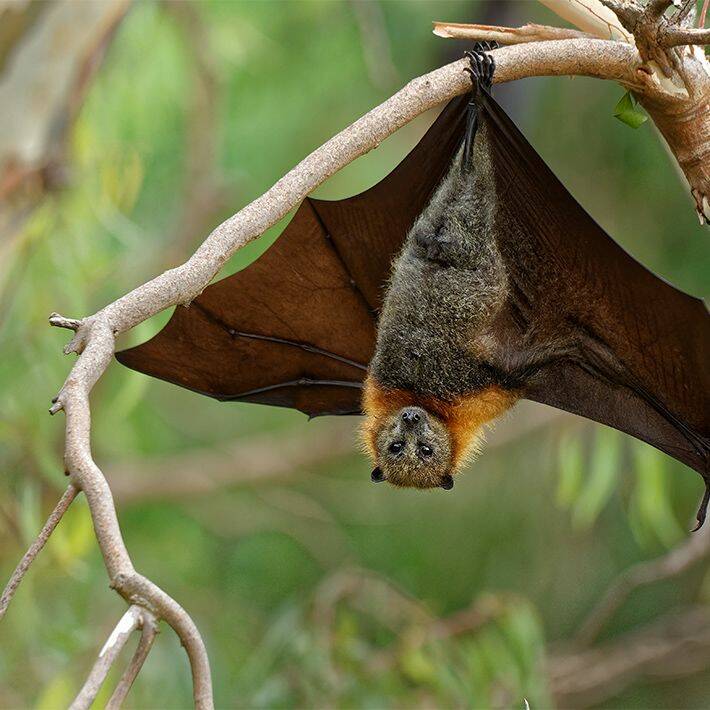
AUSTRALIA
The cool-headed flying foxes of Bendigo Park

Discover this project

UNITED STATES
Tidal marsh habitat restoration in Jersey City

Discover this project

Ecological assessment and monitoring at Mt. Messenger on North Island

Discover this project

Setting Green Space Standards at Stockholm’s Royal Seaport

Discover this project


Discover this project
Biodiversity offsetting and net gain in Plymouth
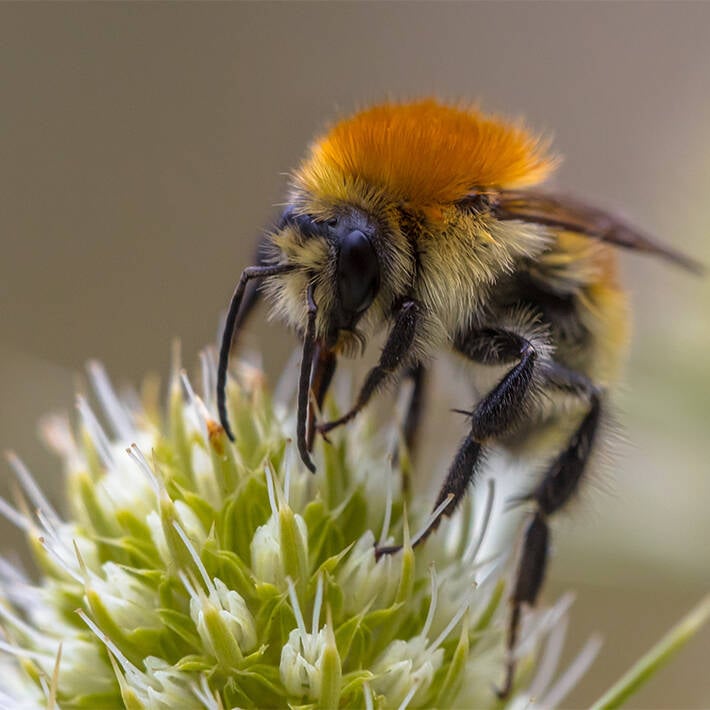
UNITED KINGDOM
Diverse habitat creation for Scotland’s Caithness-Moray transmission link

Discover this project


Discover this project
NEW ZEALAND
Protecting vulnerable ‘pekapeka’ bats from expressway construction


Discover this project
UNITED KINGDOM
Habitat mapping and biodiversity toolkits for Transport for London estates


Discover this project
BRAZIL
Cetacean Conservation Planning


Discover this project
NEW ZEALAND
Protecting vulnerable ‘pekapeka’ bats from expressway construction


Discover this project
UNITED KINGDOM
Habitat mapping and biodiversity toolkits for Transport for London estates
In partnership with the Aqualie Institute, the Federal University of Juiz de Fora and State University of Santa Cruz, WSP is undertaking systematic conservation planning of cetaceans (whales) in the Espírito Santo, Campos and Santos basins of Brazil. The project, which is sponsored by companies in the seismic industry, aims to identify areas suitable for implementing cetacean conservation measures, particularly in places with human impact, such as those related to fishing, oil exploration and production, marine navigation routes and tourism. This work involved habitat mapping and modelling and is meant to assist in defining the wider role of public conservation policies for marine biodiversity.


More on our work on flood risk management in Wales
Transport for London (TfL) has committed to protecting and enhancing its natural assets and has a key target of delivering biodiversity net gain across its estate of highway, rail and underground assets. WSP assessed all habitats within TfL’s estate across Greater London and surrounding areas to provide an up-to-date biodiversity baseline dataset. To identify remaining habitats and gaps in coverage from previous surveys, WSP ran a high-resolution remote sensing assessment using LiDAR aerial photography and, satellite data.
Biodiversity toolkits were developed to help enable TfL to monitor biodiversity gains and losses at a network level as well as individual development projects. WSP also produced guidance documents in consultant with TfL, the Greater London Authority and others, as well as developed and ran training for TfL staff and external ecologists contracted on development projects.
This approach has allowed TfL to track progress against its biodiversity targets and objectives for the first time, as well as providing the basis of ensuring they meet the Mayor of London’s strategic environmental and transport objectives. This approach is now being used on projects across the UK including HS2. The project was shortlisted for a TfL contractor award for ‘best environment project’.


More on our work on flood risk management in Wales
The Waikato Expressway, currently under construction by the New Zealand Transport Agency (Waka Kotahi), is being routed through areas with significant habitat for long-tailed bat habitat – known locally as ‘pekapeka’ – a species with a ‘vulnerable’ conservation status and protected under the Wildlife Act.
Partnering with world-renowned bat experts and biostatistitians from Stuart Parsons Queensland University of Technology, WSP are carrying out one of the most complete studies of long-tailed bat distribution in the country. The project involves pre-and post-construction monitoring at over 100 sites with thermal imaging and acoustic monitors. From this data, WSP developed a pre- and post-construction statistical model, results of which are expected to provide much-needed data on the impacts of transport projects on bat populations and behaviour.
In addition, WSP provided expert advice and implementation of measures to support bat ecology, such as artificial bat roosts and planting. The team has also established strong relationships with Waikato Regional and District Councils, the Department of Conservation and local iwi, providing education about the proposed solutions that will help overcome the project’s ecological impacts.


More on our work on flood risk management in Wales
The Caithness-Moray transmission link completed by Scottish and Southern Electricity Networks (SSEN) in 2019 transmits power through a 113km subsea cable between new converter stations on the shores of the Moray Firth in northeast Scotland. As part of its sustainability commitment, SSEN worked with WSP to embed biodiversity into the design and on-site delivery of the project.
WSP used a bespoke calculation tool to provide Biodiversity Net Gain (BNG) for the project a first in Scotland. Some of the initiatives included:
- An amended landscaping plan at the Spittal converter station that included a green channel design and rich mix of species, promoting habitat complexity and diversity.
- The creation of a 10ha wildflower habitat at the Thurso substation to support pollinators, particularly the Great Yellow Bumblebee, one of the UK’s rarest bee species that is endemic to north Scotland.
- The installation of frog ladders at the Mybster substation to promote free movement of around cable trenches.
The success of this approach to biodiversity enhancement in Caithness has contributed to ambitious commitments to BNG in SSEN’s new sustainability strategy. BNG assessments are now undertaken on all new infrastructure on land to steer biodiversity and habitat improvements in landscaping design.


More on our work on flood risk management in Wales

The Forder Valley Link Road connects thousands of planned new homes and businesses in a development area in Plymouth, UK. The road runs through a valley near an ancient semi-natural woodland and includes part of a nature reserve and various habitats of principal importance, including grasslands, woodlands and wetlands.
Concerned about the road’s potential ecological impacts, Plymouth City Council commissioned WSP to undertake an ecological impact assessment, develop a biodiversity offsetting strategy and demonstrate compliance with existing and emerging local and national policy on biodiversity net gain.
Through field surveys and assessments, we identified the scope and scale of the biodiversity offsets required, identified strategic compensation sites, and provided cost recommendations so that planning permission and long-term funding could be secured.
The project was short-listed for the 2019 IEMA Sustainability Impact Awards in the Biodiversity and Environmental Net Gain category.

More on our work on flood risk management in Wales

The Royal Seaport, once an industrial harbour area, is Stockholm’s largest urban development. As it evolves, the project aims to push the boundaries of environmental sustainability standards. Ambitious strategies and targets for biodiversity, climate adaptation, recreation, health and high-quality green space have been set for public and private spaces.
WSP adapted the Green Space Index (GSI), a tool that incentivises developers to use the appropriate “Green Area Factor” by including local species of vegetation for green spaces. The Royal Seaport is located next to the Royal National City Park, a landscape with broadleaved forests and meadows of high ecological and recreational value and an important habitat for oak-living species and amphibians. To better support the local ecosystem, WSP adapted the Green Space Index (GSI), a tool that incentivises developers to include local species of vegetation for green spaces. The GSI tool incentivised the developers at the Royal Seaport to plant oak trees and build frog tunnels in appropriate areas of the development which strengthened the connectivity to the surrounding ecosystem.
One of the goals of applying the GSI was to increase the knowledge of ecosystem services and the value of nature-based solutions in the urban landscape. The tool has also promoted a better understanding amongst developers and city planners about the types of vegetation that are most suitable in an urban context

More on our work in New York City's wetlands

Construction of the Mt. Messenger Bypass will improve the safety, resilience and reliability of the state highway in the Taranaki Region on New Zealand’s North Island. The landscape and ecology of Mt. Messenger and the wider Parininihi area is of cultural and spiritual importance to local iwi.
WSP conducted ecological surveys for the Waka Kotahi NZ Transport Agency as part of an ecology programme that aims to reduce the risk to native wildlife during construction and ongoing operation of the road. The surveys provided a baseline for the assessment of ecological effects used for consenting purposes.
The surveys investigated a variety of flora and fauna, including key species such as kiwi, lizards and the endangered kokako bird endemic to the North Island. Pre-construction work also involved monitoring the roosts of endemic long-tailed bats, a species with a threat classification of “Nationally Critical”. Monitoring of flora and fauna will continue during and after construction.
Along with pest management and tree replanting, over time this project will significantly enhance the biodiversity of the natural environment in the Mt. Messenger area and beyond.

More on our work in Christchurch’s urban waterways

With help from WSP, the New Jersey Department of Environmental Protection secured over $10M in funding from the National Oceanic and Atmospheric Administration to restore wetlands and redevelop a landfill for active recreational within the intensely urbanized corridor of northeast New Jersey. In addition to removing uncharacterized fill from the shorelines of the Hackensack River, these efforts restored anadromous fish spawning habitat and supported an effort to establish more resilient coasts in the face of climate change.
More than 42 acres of tidal habitat were restored, including high marsh, open water and mud flats. More than 300,000 cubic yards of clean sand dredge spoils from the Hudson River Estuary were beneficially reused as the planting base of the marsh and over 250,000 cubic yards of illegally dumped debris were excavated. To restore tidal flushing, over 4,000 linear feet of new inter-tidal channels were carved into the restored marsh plain. In addition, walking trails and interpretive signs were established along the perimeter of the marsh.
The Lincoln Park Wetland Restoration Project won a Coastal America Partnership Award, which recognizes outstanding projects that make a significant contribution toward the restoration and protection of the United States’ coastal environment.

More on our work in the Florida Everglades

To help protect and enhance the wildlife of Rosalind Park, the City of Greater Bendigo appointed WSP Australia to develop and test an artificial roosting structure for the grey-headed flying foxes (GHFF) which have recently settled in the park. GHFF, a type of bat endemic to south-eastern Australia, play a critical role in maintaining the health and ecological function of forest ecosystems – but the park’s colony of upwards of 30,000 GHFF can also cause damage the park’s trees, threatening their survival.
In collaboration with the World Wild Fund for Nature and city council, WSP assisted in the planning, design, installation and evaluation of an atmospheric cooling system and an artificial roosting structure. The system of sprinklers within the tree canopy helps to cool the GHFF, who often suffer from heat stress in a region known for days of extreme heat which can exceed 40°C. The new cooling system will also help reduce the need for intervention and rehabilitation currently being provided by wildlife carers and the Victorian Department of Environment, Land, Water and Planning.

Listen to Episode 1 of our Engineering Matters podcast to find out more

One of the central challenges facing Stockholm, which aims to build 140,000 new homes by 2030, is how to enable urban development while preserving the city’s valuable habitat and green spaces.
WSP supported the city’s efforts to better understand the ecological impacts of new development by creating maps of local green infrastructure that could serve as strategic tools during the planning process. The first set of maps was created by studying habitats, species and ecological connectivity of wetlands, coniferous and deciduous forests in south suburban Stockholm.
The maps proved to be effective tools for communicating the ecological impact of new development to planners and developers. By demonstrating the areas where green infrastructure and recreational assets could be strengthened, the maps also helped support city decision-making. Stockholm’s environmental department is now looking to develop similar maps for other areas of the city.

More on our work in Christchurch city
Cetacean Conservation Planning
BRAZIL
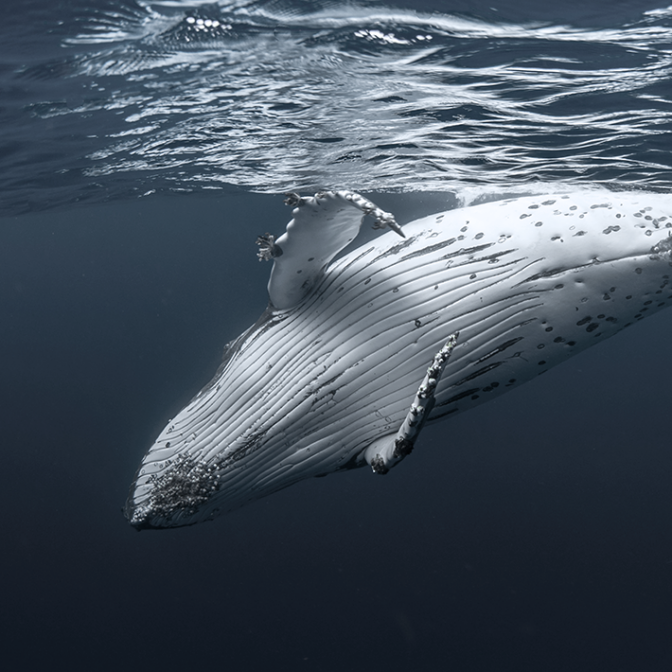

Discover this project

Habitat mapping and biodiversity toolkits for Transport for London estates
UNITED KINGDOM

Discover this project


Discover this project
NEW ZEALAND
Protecting vulnerable ‘pekapeka’ bats from expressway construction

Discover this project
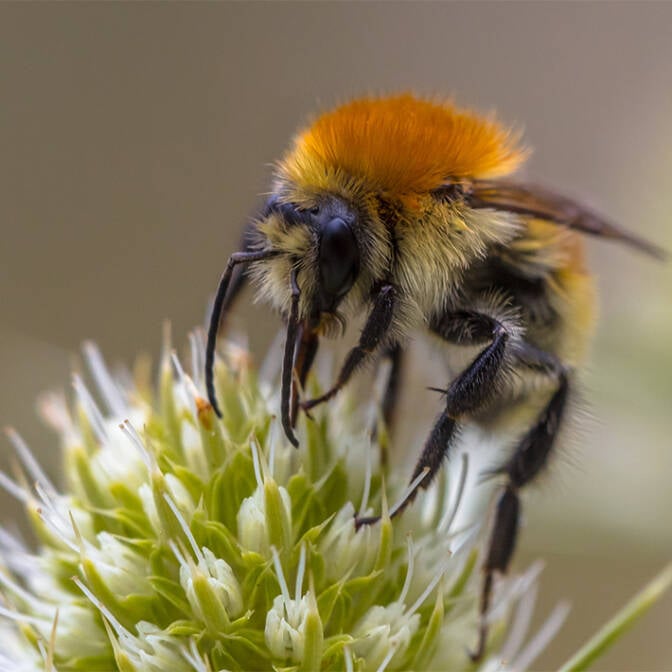
Diverse habitat creation for Scotland’s Caithness-Moray transmission link

Discover this project

Biodiversity offsetting and net gain in Plymouth

Setting Green Space Standards at Stockholm’s Royal Seaport

Discover this project
Ecological assessment and monitoring at Mt. Messenger on North Island

Discover this project

UNITED STATES
Tidal marsh habitat restoration in Jersey City

Discover this project

Discover this project
AUSTRALIA

The cool-headed flying foxes of Bendigo Park


Discover this project
SWEDEN
Green infrastructure and ecological impact mapping in Stockholm
We’ve helped clients all over the world, from green infrastructure planning in Stockholm and biodiversity toolkits for Transport for London to bat habitat restoration in Australia and river conservation in Chile. Read our case studies to learn more.